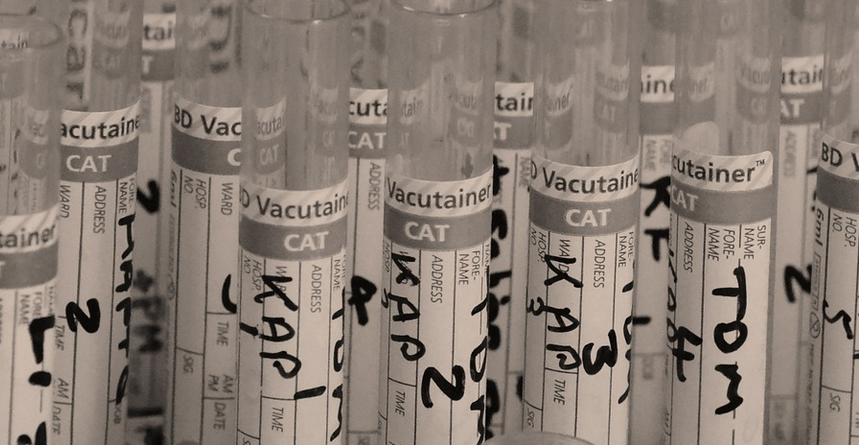Introduction
If you’re a student studying biology, then you’ll likely have to study the chemistry of life in unit 2. This can be a challenging topic, but with the right study guide, you can succeed. In this article, we’ll provide you with a detailed study guide that will help you understand the chemistry of life.
What is the Chemistry of Life?
The chemistry of life refers to the study of the chemical processes and reactions that take place within living organisms. These processes are essential for life to exist and include things like metabolism, cell division, and the synthesis of proteins and DNA.
Atoms and Molecules
At the most basic level, the chemistry of life is all about atoms and molecules. Atoms are the building blocks of matter, and they combine to form molecules. In living organisms, the most common elements are carbon, hydrogen, nitrogen, oxygen, phosphorus, and sulfur.
Water
Water is the most important molecule for life on Earth. It is essential for many biological processes, including photosynthesis, respiration, and the transport of nutrients and waste products. Water is also a polar molecule, which means it has a positive charge on one end and a negative charge on the other. This property allows it to dissolve many different substances.
Acids and Bases
Acids and bases are important in the chemistry of life. Acids are substances that release hydrogen ions (H+) in solution, while bases are substances that release hydroxide ions (OH-) in solution. The pH scale is used to measure the acidity or basicity of a solution. In living organisms, maintaining the correct pH is essential for many biological processes.
Macromolecules
Macromolecules are large molecules that are essential for life. They include carbohydrates, lipids, proteins, and nucleic acids. Carbohydrates are used for energy storage and structure, lipids are used for energy storage and cell membranes, proteins are used for structure and function, and nucleic acids are used for storing and transmitting genetic information.
Enzymes
Enzymes are proteins that catalyze (speed up) chemical reactions in living organisms. They are essential for many biological processes, including digestion, respiration, and DNA replication. Enzymes work by lowering the activation energy required for a reaction to occur.
Cellular Respiration
Cellular respiration is the process by which living organisms convert food into energy. It involves a series of chemical reactions that take place in the mitochondria of cells. The end result is the production of ATP, which is used as an energy source for many biological processes.
Photosynthesis
Photosynthesis is the process by which plants and other organisms convert sunlight into energy. It involves a series of chemical reactions that take place in the chloroplasts of cells. The end result is the production of glucose, which is used as an energy source for the plant.
Cell Division
Cell division is the process by which cells reproduce. It involves a series of chemical reactions and is essential for growth and repair in living organisms. There are two types of cell division: mitosis and meiosis.
Conclusion
Understanding the chemistry of life is essential for biology students. With this study guide, you’ll be able to understand the key concepts and processes involved in the chemistry of life. Remember to study regularly and ask your teacher or tutor for help if you need it. Good luck with your studies!

